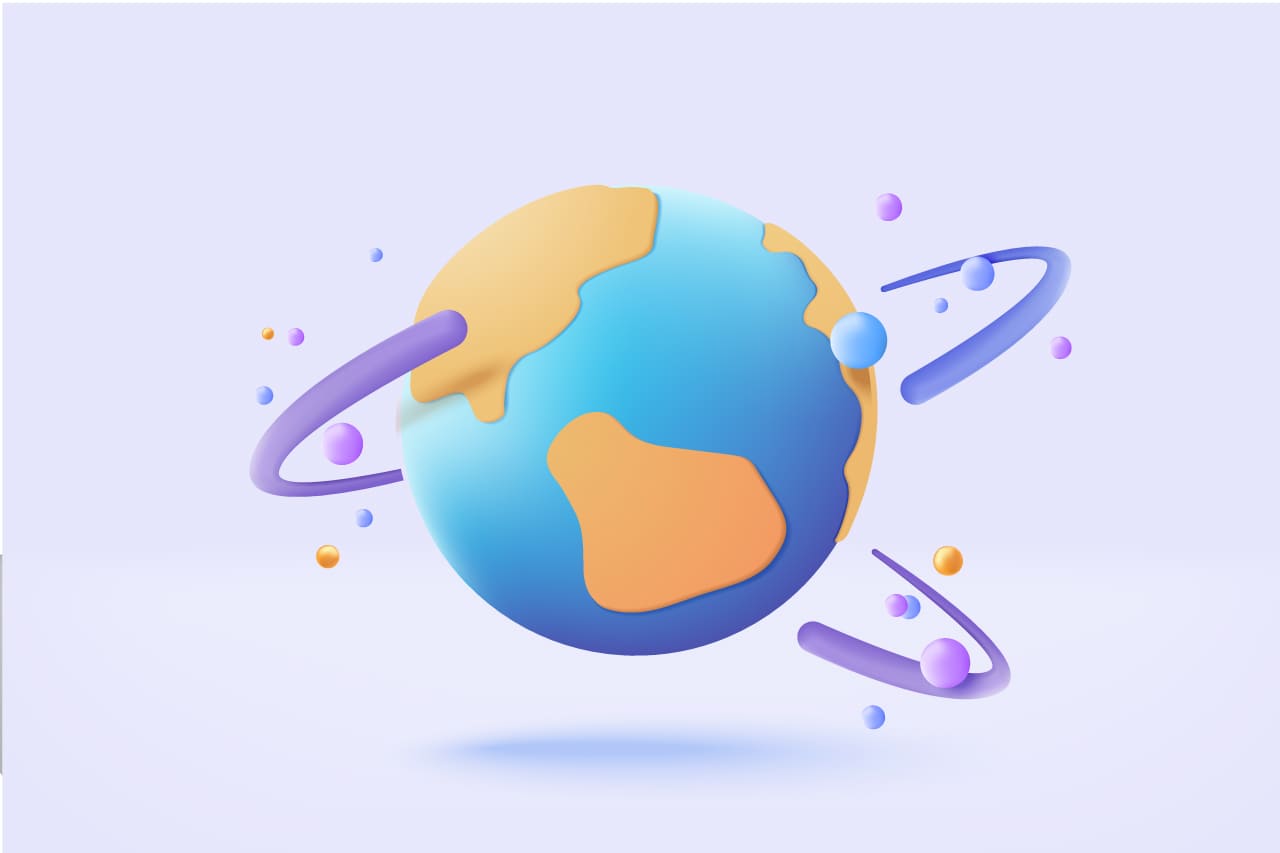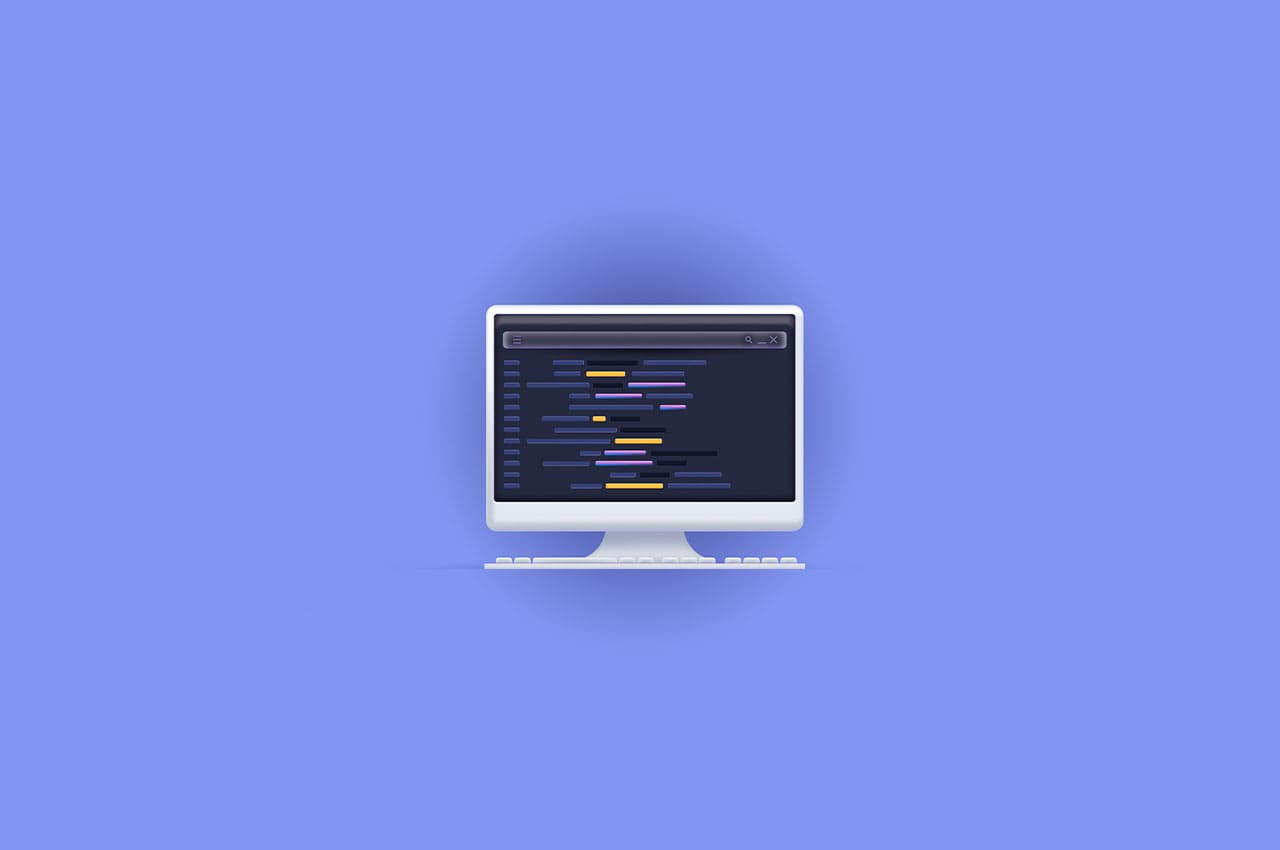Top 7 HRMS Trends to Watch in 2023

The future of HRMS is evolving rapidly, driven by emerging technologies and changing business needs. HR teams are looking to streamline their processes, reduce administrative burdens, and enhance employee experience. To achieve these objectives, HR teams are adopting new technologies such as artificial intelligence (AI), cloud-based systems, mobile-enabled applications, and analytics tools.
This blog will explore the latest trends in HRMS and discuss their potential impact on the workforce of an organization.
The blog will begin by discussing the use of AI and ML in HRMS and how they can automate repetitive tasks, predict employee attrition, and identify high-potential employees and the growing popularity of cloud-based and mobile-enabled HRMS and how they can improve flexibility, remote work, and employee engagement. The blog will examine how HR teams are leveraging employee experience to attract and retain talent, as well as how HRMS can play a significant role in shaping the employee experience. Additionally, it will explore how analytics and data visualization tools can help HR teams gain insights into employee behavior and trends and why cybersecurity is crucial to protect sensitive employee data.
Finally, the blog will discuss the importance of integrating HRMS Software with other systems to provide a seamless employee experience, automate data entry, and generate reports and analytics across multiple systems.
The future of HRMS is focused on using technology to improve efficiency, enhance employee experience, and make data-driven decisions. Organizations that invest in the latest trends in HRMS will be better equipped to attract and retain top talent, improve productivity and engagement, and achieve their business goals.
Latest trends in HRMS and their implications for the future:
1. Machine learning and artificial intelligence: Machine learning (ML) and artificial intelligence (AI) have made considerable strides in HRMS; AI-powered HRMS can automate tedious chores like interview scheduling and resume screening. For instance, an AI algorithm may analyze resumes and identify the best prospects, speeding up the hiring process. Similarly, chatbots powered by AI can assist in addressing frequently requested queries, and reduce the workload of HR professionals. Identifying high-potential individuals and predicting employee attrition are both possible with the use of machine learning algorithms. ML algorithms may find trends in employee data, including performance metrics, demographics, and behavior, to assist HR departments in making data-driven decisions. Another AI-powered technology that can be incorporated into HRMS is natural language processing (NLP). HR departments can use NLP to analyze employee sentiment and feedback. NLP can assist HR departments in better understanding employee attitudes and taking the required steps to increase employee engagement by evaluating employee comments in surveys or reviews.
2. Cloud-based HRMS: Organizations are increasingly more interested in cloud-based HRMS as they seek greater flexibility and cost-efficiency. The requirement for costly gear, software, and IT support is gone with cloud-based HRMS. The ability to access employee data from any location makes it simpler for HR teams to manage a scattered workforce with cloud-based HRMS. Remote work and access are also made possible by cloud-based HRMS, making it more straightforward for HR teams to coordinate and manage employee data.
3. Mobile-friendly HRMS: Mobile-enabled HRMS is becoming necessary for businesses as mobile device usage rises. Employees may manage their personal information, request leaves, and access payslips more easily using mobile-enabled HRMS, which they can access on the go. Additionally, HR teams can communicate with employees via push notifications and messages thanks to mobile-enabled HRMS, which increases employee engagement.
4. Employee Experience: Employee Experience (EX) is increasingly important for firms to find and keep talent. The HRMS can greatly impact how the employee experience is created. Employees can receive individualized experiences via HRMS, such as specialized onboarding and training programs. Employees may also have access to a range of perks through HRMS, including health and wellness initiatives. By promoting collaboration and communication, HRMS can also contribute to the development of a positive workplace.
5. Data analysis and visualization: A large amount of data about employee productivity, performance, and engagement can be produced through HRMS. HR staff can evaluate this data and learn more about employee patterns and behavior with the use of analytics and data visualization tools. HR teams can use these insights to determine training requirements, enhance performance management, and make fact-based decisions. Data presentation may be made more visually appealing with data visualization technologies, making it more straightforward for HR professionals to deliver their results to senior management.
6. Cybersecurity: HRMS holds so much sensitive information about employees. The HR department must ensure the security and compliance of the HRMS with data protection laws. To HR, teams might use firewalls, encryption, and multi-factor authentication to secure HRMS data. Additionally, HR teams should ensure that employees know data protection policies and conduct routine security audits.
7. The incorporation of other systems: For a smooth employee experience, HRMS needs to interact with other systems like payroll, finance, and CRM. Data entry can be automated to save time and reduce errors. The generation of reports and analytics across different approaches can also be made possible through integration with other systems for HR teams.
To read more about top trends & predictions for HRMS localization, refer to our blog Top 5 Trends & Predictions for HRMS Localization in 2023
In conclusion, the future of HRMS is technology-driven and centered on increasing productivity, enhancing the employee experience, and making data-driven decisions. AI and ML, cloud-based systems, mobile applications, employee experience, analytics, cybersecurity, and system integration are some of the most recent trends in HRMS.
Automating tedious processes, predicting employee churn, and spotting high-potential employees are all possible with an HRMS powered by AI and ML. A mobile-friendly and cloud-based HRMS can increase employee engagement, flexibility, and remote work. In order to attract and keep talent, organizations are increasingly focusing on the employee experience, and HRMS may play a crucial role in influencing this experience. HR departments may make data-driven decisions using analytics and data visualization tools to obtain insights into employee trends and behavior. Sensitive employee data must be protected through cybersecurity, and HR teams must ensure their HRMS is safe and complies with data protection laws. A smooth employee experience, automated data entry, and the generation of reports and analytics across numerous systems can all be achieved through integration with other systems.
The future of HRMS is bright. In order to increase their bottom line and remain competitive, businesses must implement the newest HRMS trends. Organizations can enhance their strategy for hiring, retaining, and managing performance by putting the right technology and procedures in place. Strategic efforts, including talent development, succession planning, and diversity and inclusion, can be the emphasis of HR teams. Organizations that invest in the newest HRMS trends will be better able to recruit and retain top personnel, increase productivity and engagement, and accomplish their business objectives.




